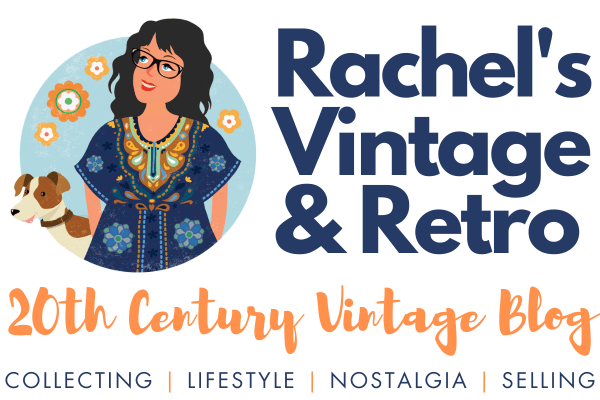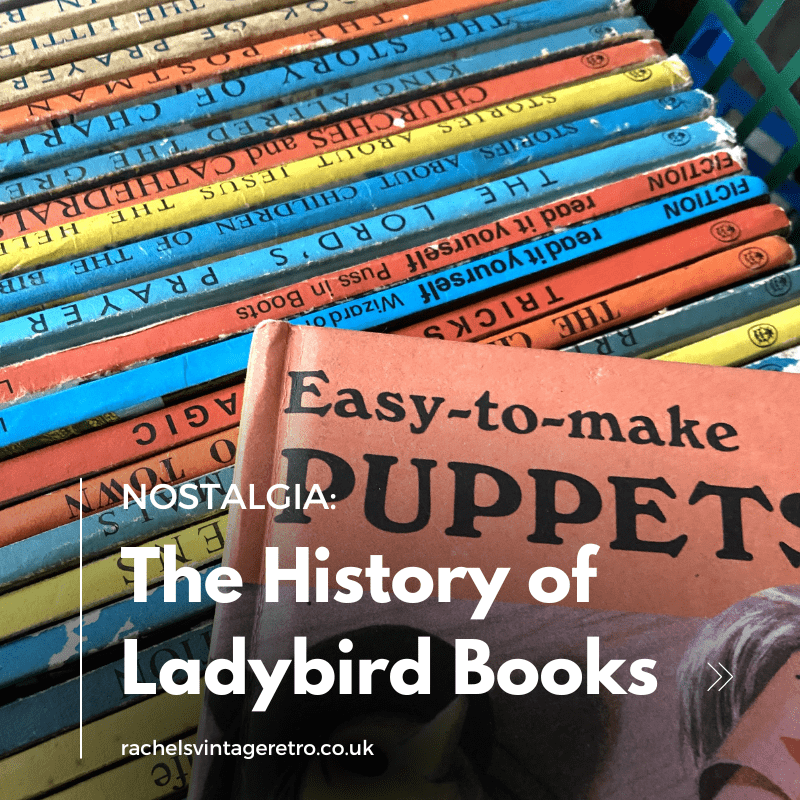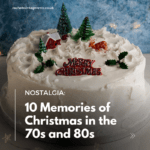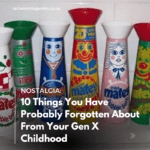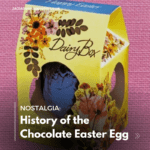I was lucky enough recently to catch ‘The Wonderful World of the Ladybird Artists‘ exhibition in St Albans. This is a touring exhibition by Helen Day, an expert on the history of Ladybird books. She runs the excellent Ladybird Fly Away Home website and regularly posts interesting snippets about the books on social media.
It was a lovely afternoon spent following the story of the books, how their different ranges developed, plus learning all about the artists. There was also a fabulous wall of Vintage Ladybird Books which made for a stunning spectacular! I thought I would share some of the history in this post, along with some information for collectors.
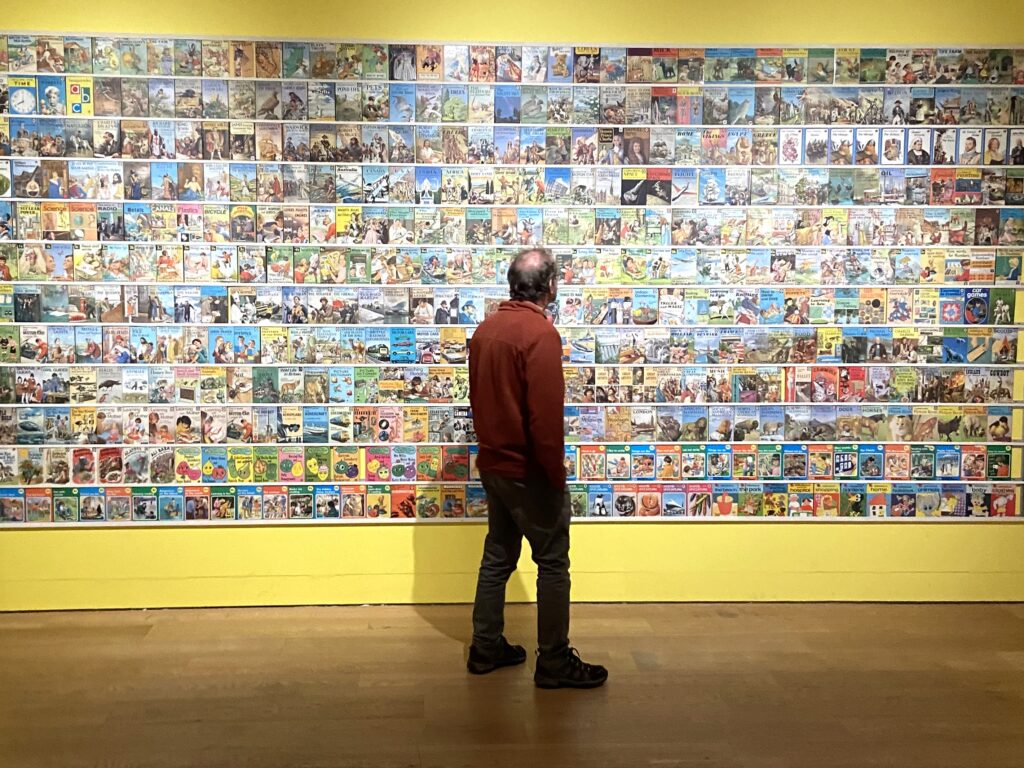
The History of Ladybird Books
The exhibition started with the early history of the company, Wills & Hepworth, who created a new kind of children’s book in the 1940s. The company started in 1867 as a bookshop, becoming a jobbing printer soon after. At the outbreak of the First World War in 1914 they needed to diversify due to the reduced need for their core business. The company began to publish cheap children’s books, under the new Ladybird imprint, as a sideline. Most of the earlier books were fairy tales and light-hearted stories for young children.
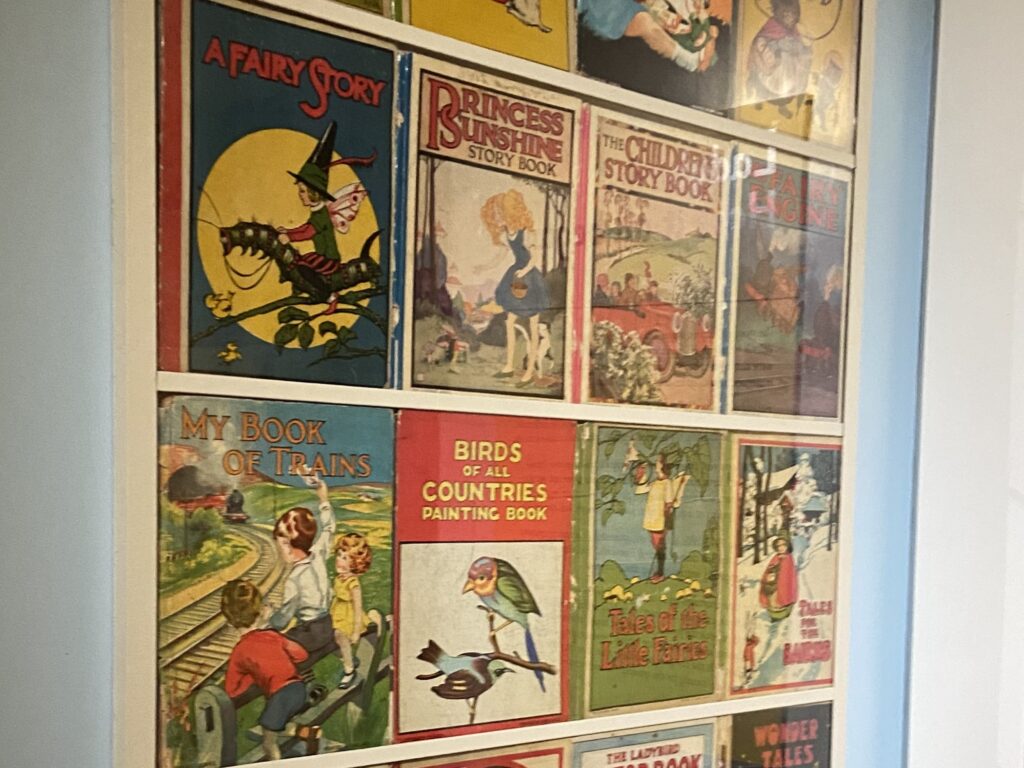
When the Second World War came, paper began to be rationed, so the company experimented with the most economical way to print books. They came up with the format we all know and love today, whereby a full colour book of 56 pages was printed on one large sheet of paper. The pages would then be cut to size and made into a book. This method was key to their success and the price of a Ladybird book remained at 2/6d for almost 30 years.
In 1940 the first book to be published in this format was released. It was a rhyming story entitled ‘Bunnikins Picnic Party’ and illustrated by Angusine MacGregor. She was originally commissioned to write and illustrate the books but the company preferred her illustrations, rewriting the rhymes soon after. The next books to follow in the Animal Rhyming series were ‘The First Day of the Holidays’ and ‘Ginger’s Adventures’. These all stayed in print for over 40 years.
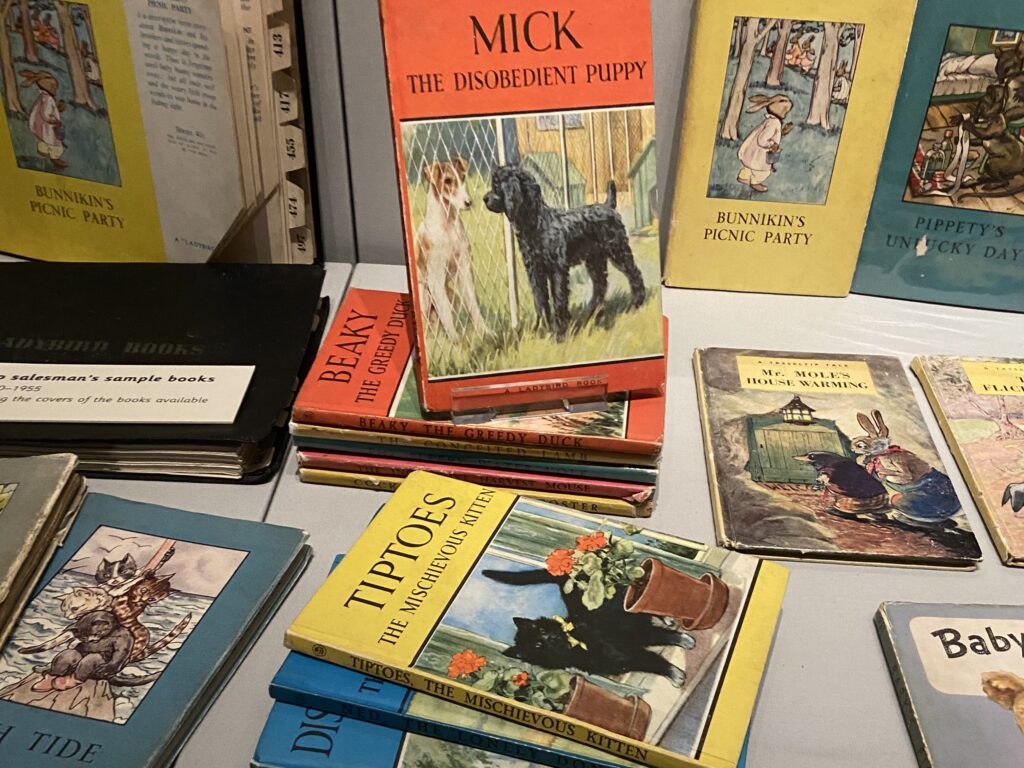
The first Ladybird books were all intended for pre-school children, however in the late 1940s the publishing output took a new turn. Douglas Keen, who had worked for Wills & Hepworth since 1936, was keen for children of all ages to enjoy learning. He mocked up a book from his kitchen table at home, all about British birds. It included watercolours by his mother-in-law, drawings by his wife and words by himself. He took it to his boss, Jim Clegg, and the company soon produced a whole range of educational nature books for a wider range of age groups and interests.
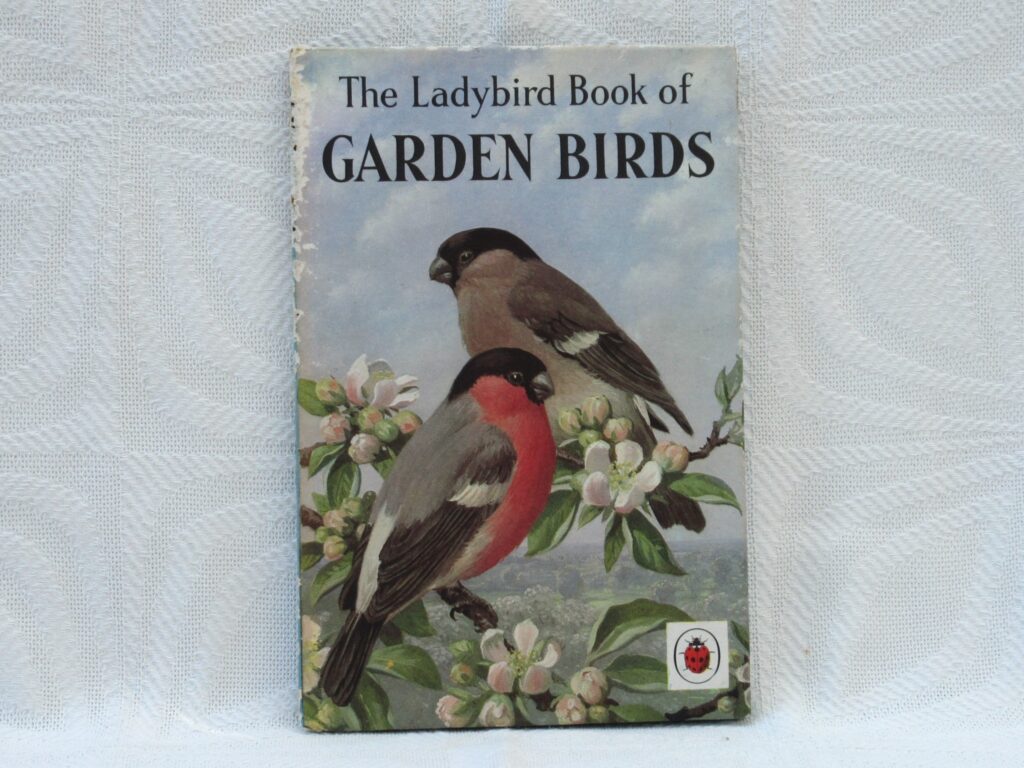
One of the main reasons for the success of these books in the 1950s were the high quality illustrations and artworks from experts in their field. These included artists such as C F Tunnicliffe and S R Badim, along with well-known nature writer Brian Vesey-Fitzgerald. Many of the artists became lifelong friends of Keen, whose home they met to work at (and lunches provided by his wife Margaret!).
During the 1960s, Ladybird were successful in creating a different kind of book for school children, the Keywords Reading Scheme. Once again this was the brainchild of Keen who met educationist William Murray. He was interested in the building blocks of language to help children learn to read. A series of 36 books, divided into 12 colour-coded levels was produced, taking children from their first words, to more accomplished reading levels in later years.
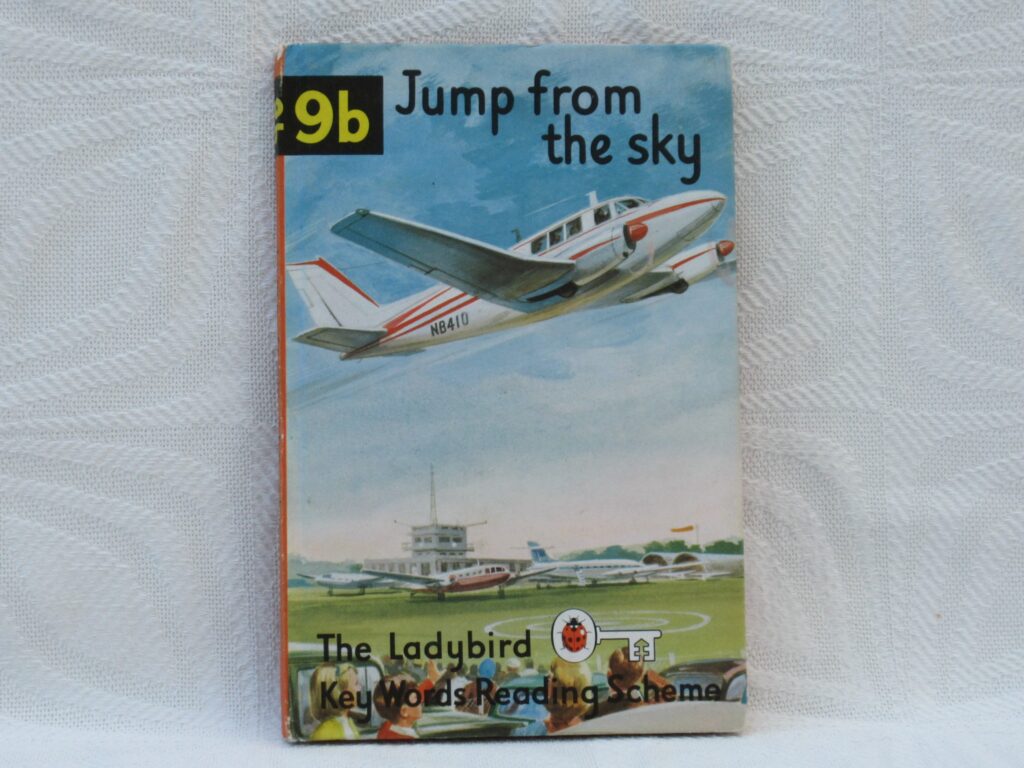
The stories centred around children Peter and Jane, along with their dog Pat. Artwork was produced by some of Keen’s trusted illustrators, Harry Wingfield and Martin Aitchinson. The books consisted of the daily life of the children, mostly in a middle-class aspirational style. They also tended to put Jane in a more dismissive role than Peter which grated slightly as attitudes towards gender moved on in the later 1960s.
By the 1970s, the social make up of British life was also changing. After being criticised by schools for being slow to adapt, Ladybird set about completely re-illustrating the books. This included a less passive role for Jane and more socially diverse characters. There was even a short series of Peter and Jane books set in the Caribbean, with the main characters renamed to Ken and Joy. It was called the Sunstart Reading scheme. The Keywords Reading Scheme as a whole was a fixture on many school bookshelves for much of the 1960s, 1970s and even 1980s, helping a whole generation of children learn to read.
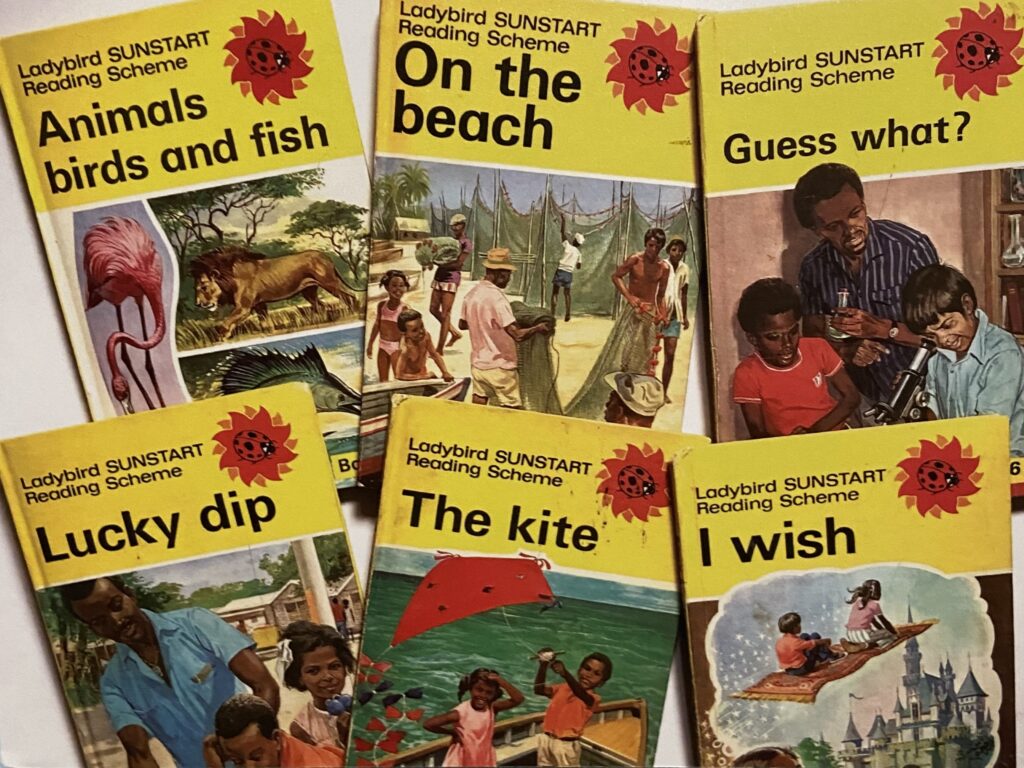
Another success for Ladybird during the 1960s was the creation of a range of fairytale books for children, known as Well Loved Tales. These included titles such as Three Little Pigs, Cinderella and The Magic Porridge Pot, all beautifully illustrated. The artists were Eric Winter and Robert Lumley who both trained at art college and served in the Second World War. They were very skilled at turning a fantasy world into lifelike images, which both enchanted and frightened children at the same time! It was the most popular series ever produced, with 27 books in all.
Other non-fiction Ladybird book series launched in the 1960s and 1970s included Learnabout, People At Work, How it Works and Adventures in History.
In 1971 Wills & Hepworth began trading as Ladybird Books, which was testament to how well known the brand had become in the UK. They then became part of the Pearson Group in 1972.
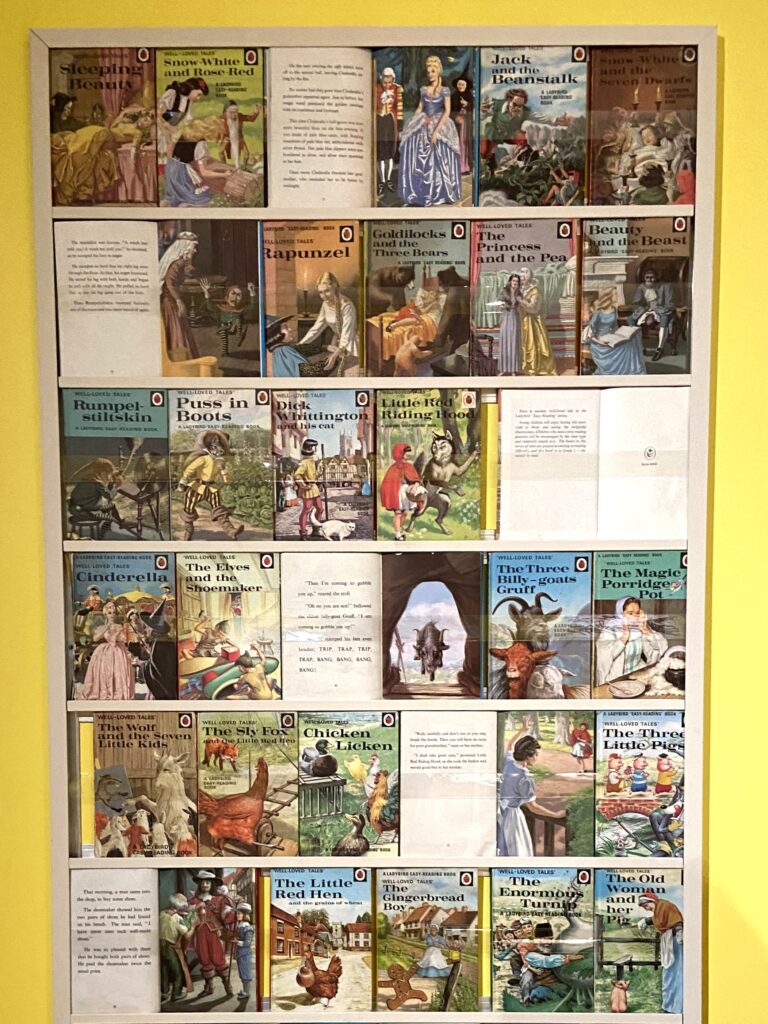
Popular Ladybird books continued to be published in the 1970s and 1980s. The Read it Yourself series first came out in the late 1970s. They were meant to supplement the Peter and Jane series and for children who wanted to practice reading themselves and gain more confidence. They were mostly fairy tales, perhaps replacing the Well Loved Tales series for a new generation of children.
Another popular series in the late 1970s / early 1980s was The Garden Gang. The first book was published in 1979 and was written and illustrated by Jayne Fisher, who was just 9 years old. These are remembered very fondly and were about various anthropomorphic fruit and vegetable characters such as Colin Cucumber and Patrick Pear. There were 14 story books in all.
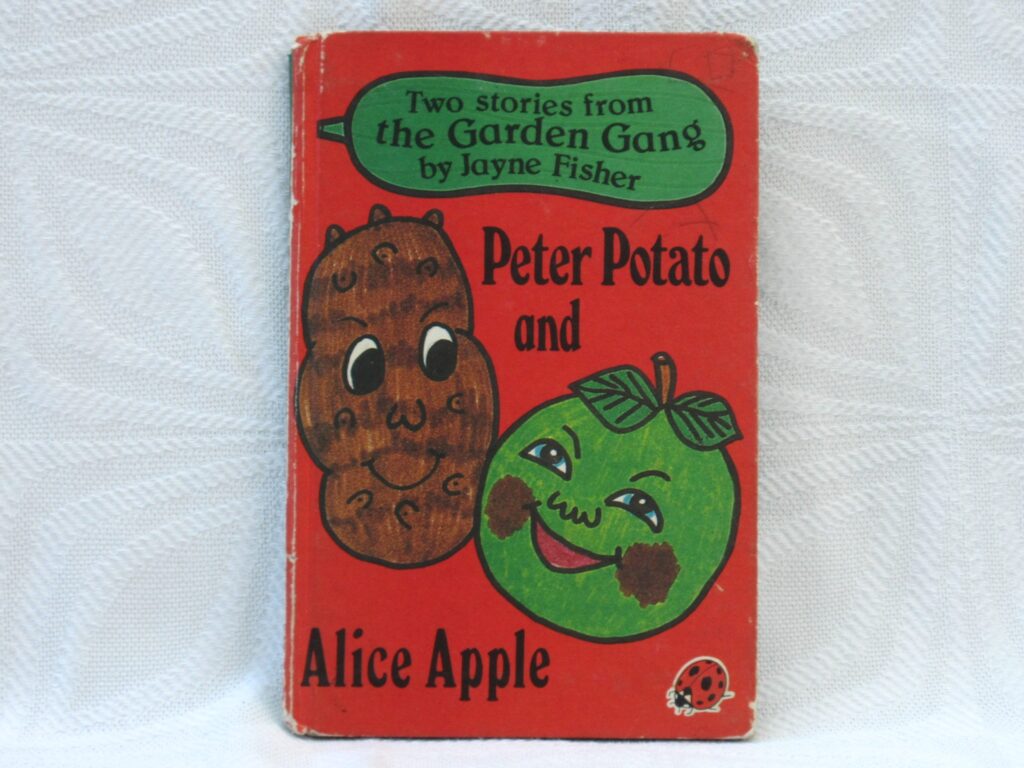
Demand for traditional Ladybird books began to fall in the late 1990s and it was merged into Penguin Books in 1998. However the brand has not been forgotten and more recently there have been a range of Ladybird books published for adults, with titles such as The Hangover, The Husband, Mindfulness and Dating. These especially appealed to people who, now grown up, had remembered the original books as children.
Brief Collectors Guide
Dating books
- Here is a great interative tool on Fly Away Home to help you – https://ladybirdflyawayhome.com/how-old-is-my-book-b/
- In summary, books with dust jackets were produced between 1956 and 1965
- Matt covers without dust jackets were made from 1965 from 1983 they were laminated.
- You can usually find out other books in a series on the back of the book.
- If the first inside page has Roman numerals for the date and also is copyrighted Ladybird books then you know its post 1971.
- Also be aware that there were some facsimile editions of older books. It will say this on the back.
You can view a full list of Ladybird books until 1980s here https://ladybirdflyawayhome.com/complete/
Where to Buy
- You can buy vintage Ladybird books at most vintage shops, antiquarian book shops, car boots, charity shops etc.
- Online you will find them on Ebay, Etsy etc as well as independent seller sites.
- I also have some Vintage Ladybird Books for sale in my online shop.
- You may even have some in your attic from childhood!
This blog post is written by Rachel Toy, owner of Rachel’s Vintage & Retro. I am a 20th Century Vintage Blogger and Dealer writing about the vintage lifestyle, collecting, nostalgia and selling vintage. I also sell carefully curated 20th century antiques and collectables from my online vintage shop. I am happy to work with related brands on collaborations and also accept guest blogs. Find out how to work with me.
